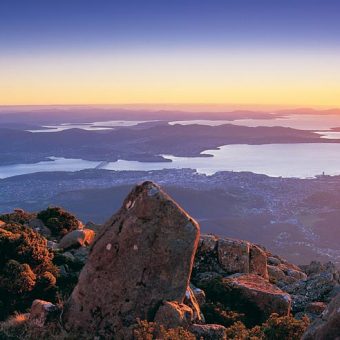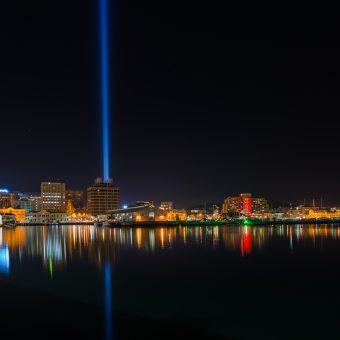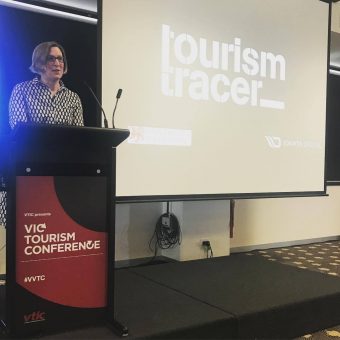The run down
Welcome to our inaugural Sense-T Visitor Tracking blog! We are so excited to share with you information about the successful first stage of this ambitious project! To kick off, today we’ll provide you with a potted rundown of the project so far. Subsequent blogs will concentrate on discrete topics.
The Visitor Tracking project is a world first. Never before have so many tourists been tracked via GPS for such long periods of time. So far 472 interstate and international tourists around Tasmania have been tracked over late summer and early autumn 2016. The project is a Sense-T project, funded by the Australian Government through the Tasmanian Jobs and Growth Plan.
Who we are
The project team involves 7 academics from UTAS and 3 interstate and international collaborators. The project was created in consultation with the state government and tourism industry representatives here in Tassie.
How we do it
Tourists were recruited at the three major entry points: the Hobart International Airport, Launceston Airport and on the Spirit of Tasmania. Tourists were given smartphones, which continuously tracked their movement as well as containing a bespoke app, designed by Hobart-based web and app development business Ionata Digital. The app allowed on-screen delivery of entry and exit surveys, in order to collect demographic data, as well as a pop-up survey if tourists visited Freycinet National Park.
In addition, participants could opt-in to a further component of research examining their use of social media while on holiday in Tassie and how this may have contributed to their decision-making and behaviour.

Launch of the Visitor Tracking app in December 2015 Â – Â Professor Brigid Heywood, Senator Richard Colbeck, Dr Anne Hardy, Premier Will Hodgman, Professor Jack Singh and Professor Richard Eccleston
Project aims
The project aims to demonstrate that tracking technology can provide unprecedented insights into tourist behaviour and decision-making in Tasmania. The GIS data collected, when examined in tandem with the demographic data, has the potential to provide industry-wide benefits including detailed insights into changing infrastructure needs from signage to roads and loos through to where there is unmet demand for accommodation. The techniques will enable us to develop and evaluate more effective marketing campaigns and regional visitor. The technology can also be used by private operators to analyse their guests travel patterns and behaviour. In short, such valuable and unprecedented data will create value for the industry and for the Tasmanian community, as well as improving the visitor experience. It’s a win-win for everyone!
Next steps
So, phase 1 fieldwork is complete. Our last wave of tourists will finished up on 5 May. Next steps include analysis of the data and sharing the results via academic channels and through engagement with government and the tourism industry. The data collected will allow almost endless analysis ranging from broad travel patterns broken down by cohorts (ie, country of origin or port of entry) to fine-grain analysis (ie, length of time spent at lookouts, other activities undertaken by customers of particular operators, roads travelled on at night and even public conveniences used!).
Future blog posts
Stay tuned for the following upcoming posts:
- Lessons learned from the recruitment process
- How we collected our data
- Visitors’ use of social media
- Visualising our data



